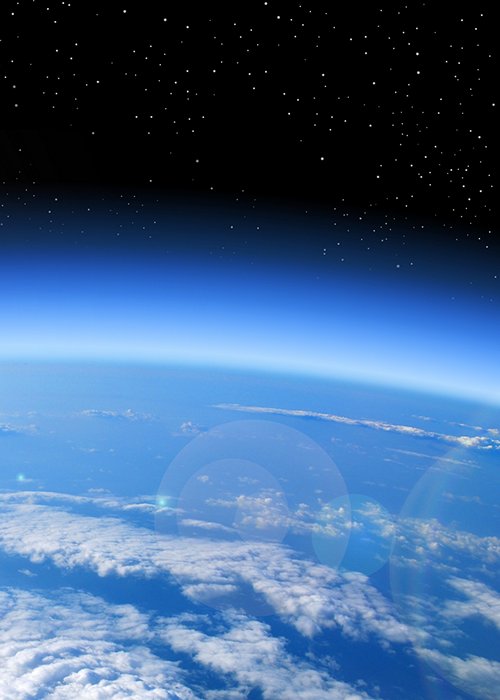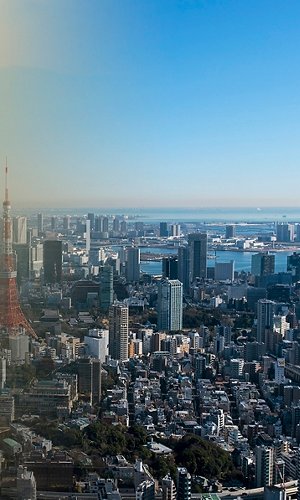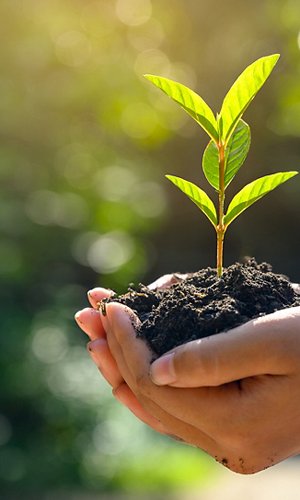The ozone hole this year has reached an extension greater than that of Antarctica, one of the widest and deepest in recent years: this is shown by the observations of the Sentinel 5P satellite, one of the Earth sentinels in the Copernicus programme implemented by the European Commission and the European Space Agency (ESA). This information has arrived on the occasion of the World Day for the Protection of the Ozone Layer, which is celebrated today, 16 September.
Ozone is an unusual gas. It is an unstable molecule comprising three oxygen atoms. When present at low altitudes, in the air we breathe, it is toxic, because it is harmful to life processes, whereas it becomes a valuable ally when it is in the stratosphere, at an altitude of around 30 kilometres. At that height it becomes a shield that protects life forms, blocking ultraviolet radiation from the Sun, which can damage life by generating skin cancer and genetic mutations in animals and plants. The ozone layer protected the Earth until the 1930s, when man invented chlorofluorocarbons (CFCs), also known as freon. These are gases used to operate refrigerators and air conditioners, and as propellants for aerosol cans. They were perfect for their use, because they are chemically inert gases… unfortunately only at low altitudes. In fact, it was later discovered that the chlorine contained in CFCs gave rise to an unexpected chemical reaction that destroyed stratospheric ozone, thus opening a hole through which harmful UV rays could pass. One atom of chlorine is capable of destroying an average of 100,000 ozone molecules.
Established in 1994, World Ozone Layer Protection Day is celebrated on 16 September for a good reason. Indeed, the Montreal Protocol, a global agreement to ban CFCs and protect the ozone layer, was signed on 16 September 1987. Although the problem of the ozone hole has not yet been solved, the Montreal Protocol is one of the most successful international environmental agreements to date. It must be remembered that the ozone hole today is still increased by past emissions: there is enough chlorine and bromine left in the atmosphere to destroy the gas layer at certain altitudes.
Despite the current data, the World Meteorological Organisation (WMO) now describes the fight against the ozone hole as “a success story”. In fact, the most recent scientific assessment by UNEP and WMO on ozone depletion, published in 2018, concluded that measures under the Montreal Protocol will put the ozone layer on the path to recovery and lead to the potential return of ozone to the Arctic and Northern Hemisphere before mid-century, around 2035. Then it will be the turn of the mid-latitude southern hemisphere around 2050 followed by Antarctica by 2060.




